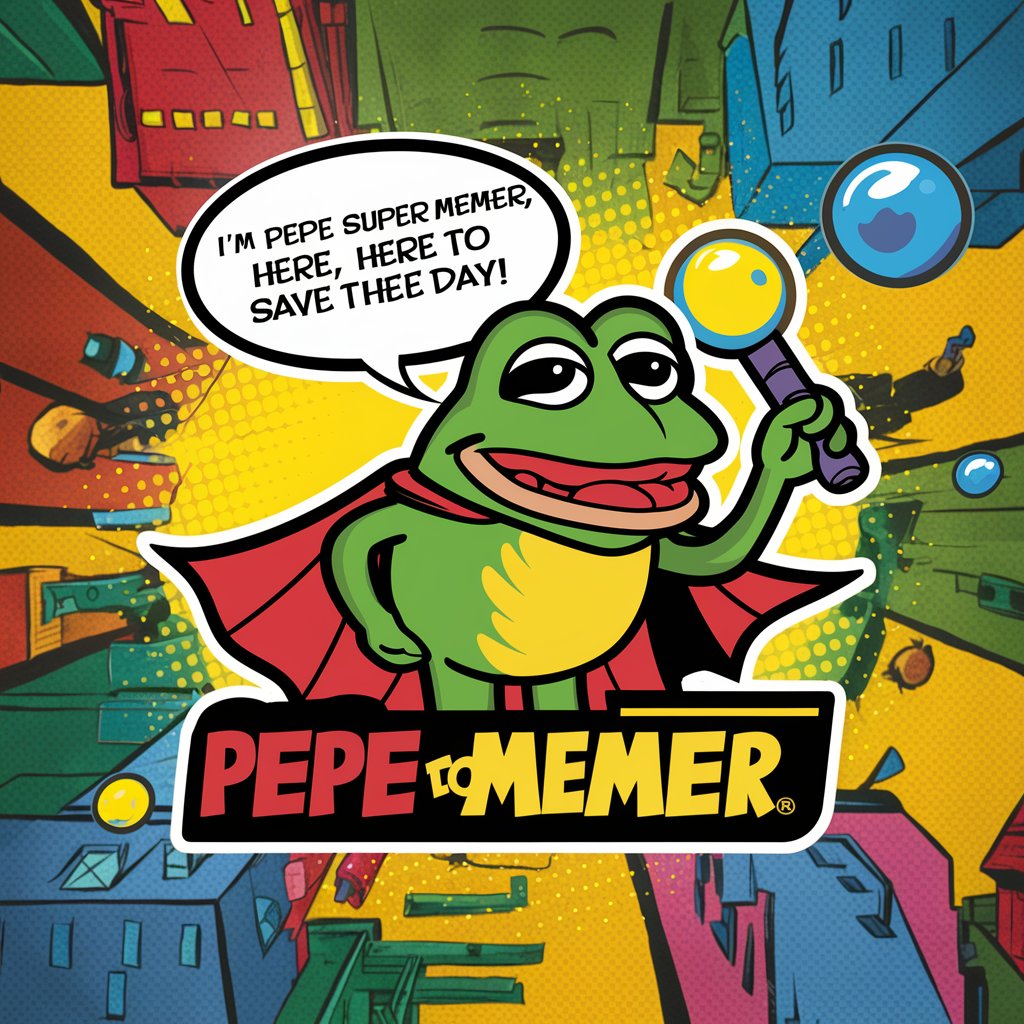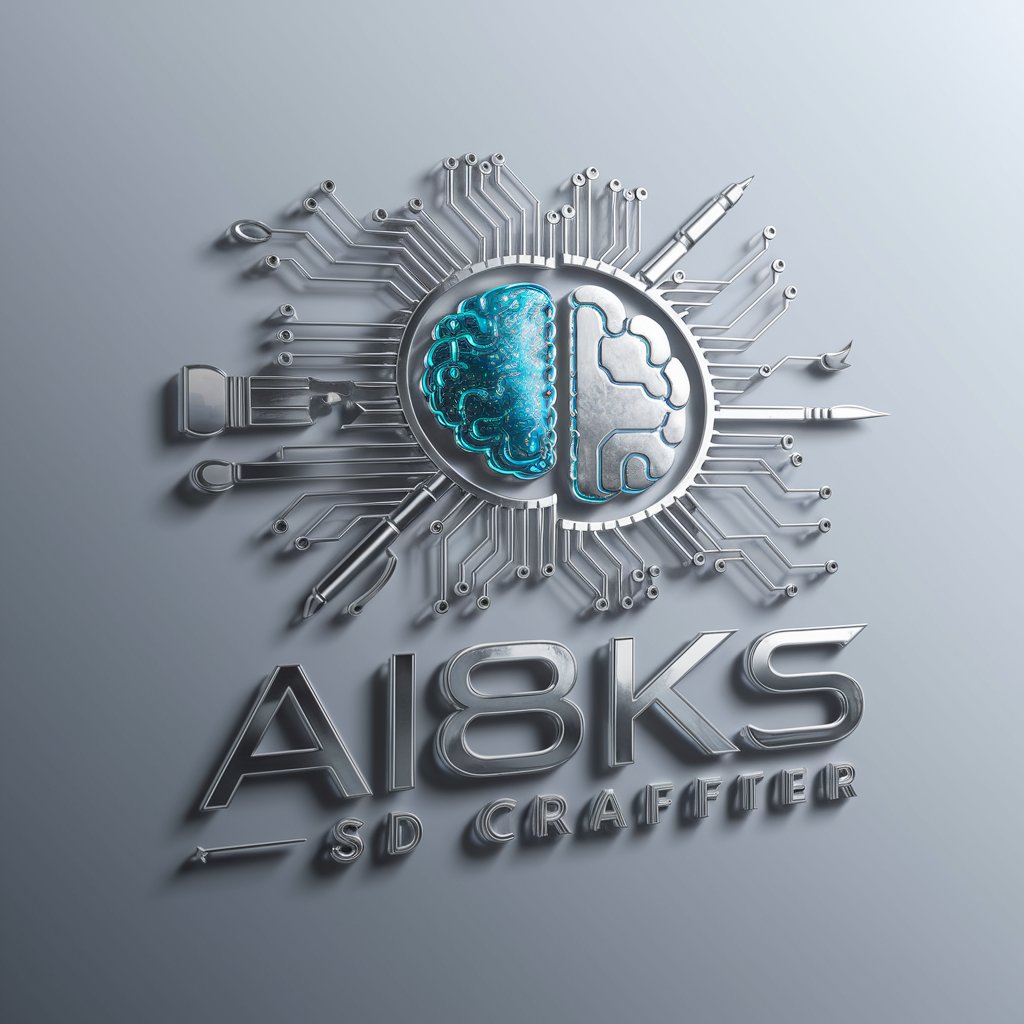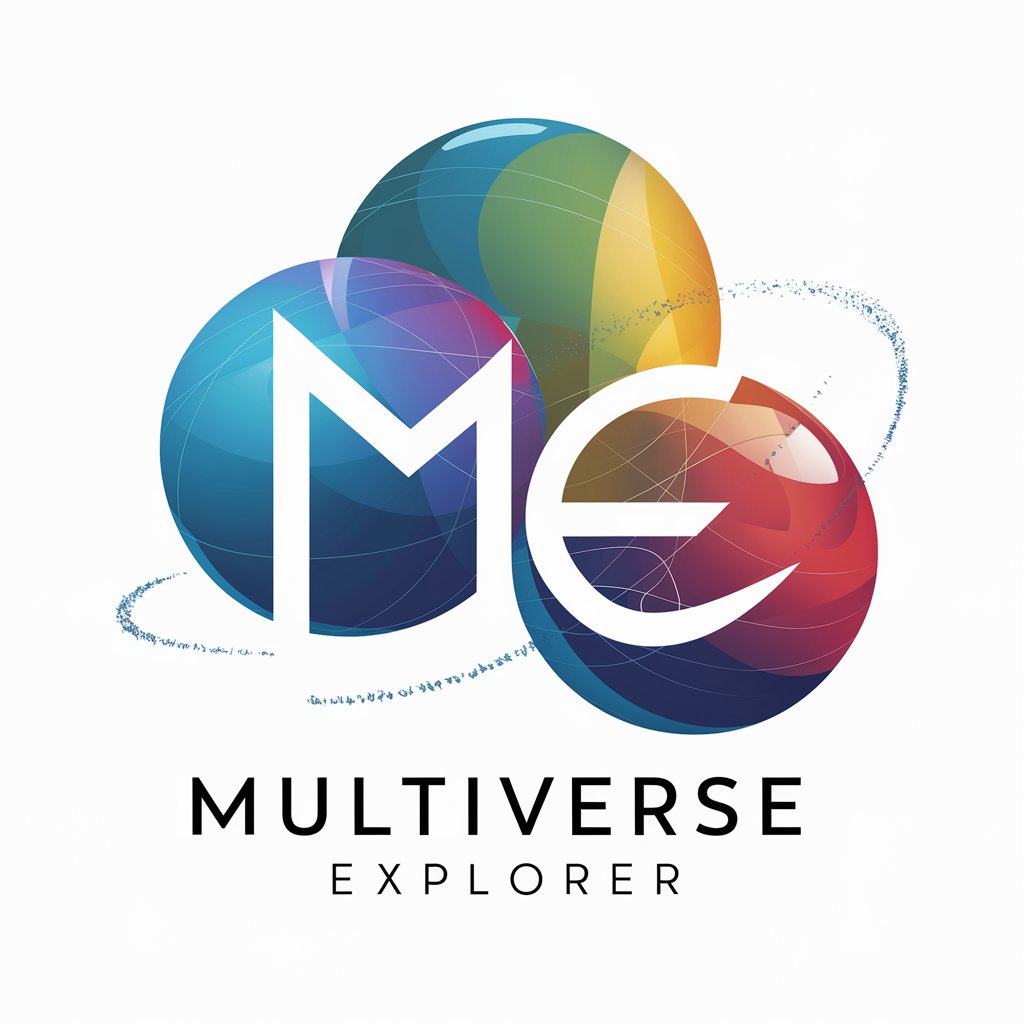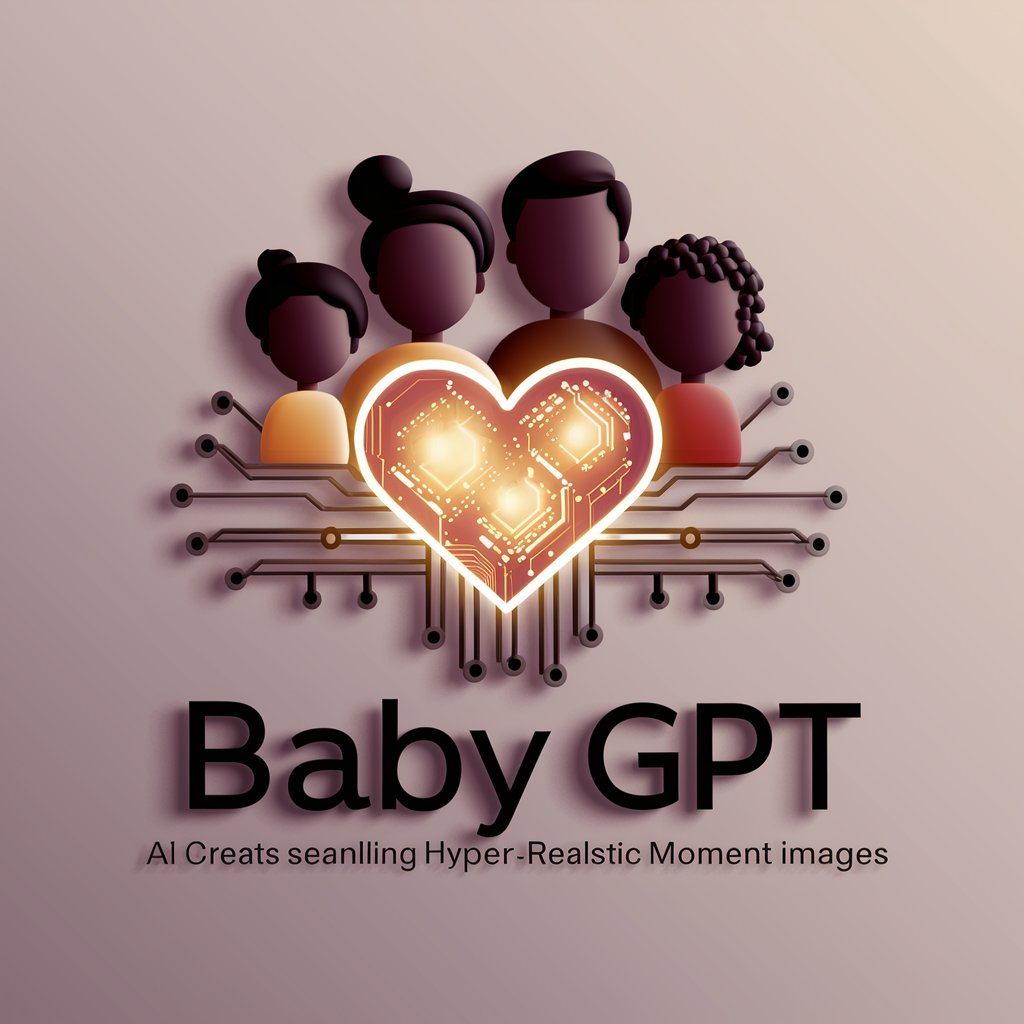11 GPTs for Personalized Imagery Powered by AI for Free of 2025
AI GPTs for Personalized Imagery refer to a subset of Generative Pre-trained Transformers that are specifically tailored for creating, editing, and interpreting images in a personalized manner. These tools use advanced machine learning algorithms to understand and generate visual content that aligns with specific user preferences or requirements. This specialization in imagery makes them highly relevant for tasks that require a nuanced understanding of visual elements and the ability to generate customized images or interpret visual data in a context-sensitive way.
Top 10 GPTs for Personalized Imagery are: Pepe Picasso,Photoshoop,AI8ks SD Crafter,Zac Figurator©,Pixel Pal,Multiverse Explorer,BABY GPT,Ideal Partner Manifester,Snap Racer,Mood Art Modifier with Circle Scape
Pepe Picasso
Craft Your Pepe Memes with AI Precision

Photoshoop
Craft Your Vision with AI Artistry

AI8ks SD Crafter
Transforming Imaginations into Visual Realities

Zac Figurator©
Bringing Cowboy-Themed AI Creations to Life

Pixel Pal
Your Personal AI-powered Entertainment Guide

Multiverse Explorer
Imagine Yourself in Infinite Realities

BABY GPT
Bringing Future Family Moments to Life with AI

Ideal Partner Manifester
Bring Your Ideal Partner to Life with AI

Snap Racer
Rev Up Your Imagination with AI-Powered Supercar Art

Mood Art Modifier with Circle Scape
Transforming Images, Evoking Emotions

Key Attributes of Personalized Imagery AI Tools
AI GPTs for Personalized Imagery boast several unique features. Primarily, they adapt to various complexity levels, from generating simple images to performing intricate analyses of visual data. They excel in understanding context and nuances in image creation, offering language learning for accurate interpretation of user instructions. Technical support, web search integration, and robust data analysis capabilities further enhance their versatility. A standout feature is their ability to learn and evolve with user interactions, making them more efficient over time in creating highly personalized imagery.
Intended Users of Personalized Imagery AI
These AI GPTs tools cater to a wide audience range. Novices without coding skills can easily interact with these tools for basic image creation and editing tasks. Developers and professionals in the visual arts, marketing, or data analysis fields can leverage their advanced capabilities for more complex applications. The tools' user-friendly design ensures accessibility, while also offering programming interfaces for customization and integration into professional workflows, thus catering to both tech-savvy users and those without technical backgrounds.
Try Our other AI GPTs tools for Free
Digital Artistry
Explore the revolutionary world of AI GPTs in Digital Artistry, blending traditional creativity with AI innovation. Tailored for artists and developers alike, these tools redefine art creation.
Patient Simulation
Discover AI GPTs for Patient Simulation: revolutionizing medical education with realistic, AI-driven patient interaction simulations for students and professionals.
Feedback and Analysis
Explore the transformative power of AI GPTs for Feedback and Analysis – your gateway to advanced, intuitive data interpretation and trend prediction, tailored for professionals and novices alike.
Therapeutic Techniques
Discover AI GPTs for Therapeutic Techniques: innovative tools transforming therapy with personalized, AI-powered support for mental wellness and professional practice.
Psychodynamic Training
Discover AI GPTs for Psychodynamic Training, an innovative tool designed for both novices and professionals in psychology. These AI models offer a unique blend of adaptability, scenario simulation, and real-time feedback, revolutionizing psychodynamic theory application and practice.
Poetry Composition
Explore the world of AI-driven poetry composition with GPT tools. Tailored for poets and enthusiasts alike, these AI solutions offer creativity, style emulation, and intuitive interfaces for poetic exploration.
Further Understanding of AI GPTs in Personalized Imagery
AI GPTs in Personalized Imagery are revolutionizing how we interact with visual data. Their user-friendly interfaces make them accessible to a broad audience, while their ability to integrate with existing systems allows for seamless incorporation into various professional workflows. These tools not only facilitate image creation but also provide unique insights through advanced data analysis, thus serving as a bridge between technology and creativity.
Frequently Asked Questions
What are AI GPTs for Personalized Imagery?
They are specialized AI tools designed to create, edit, and analyze images, tailored to individual preferences and needs, using advanced machine learning techniques.
Can these tools be used without programming knowledge?
Yes, they are designed with user-friendly interfaces that allow individuals without coding skills to utilize them effectively for basic tasks.
Are there advanced features for professional use?
Absolutely. They offer advanced customization options and integration capabilities for professional applications in various fields like marketing and data analysis.
How do these tools adapt to different user requirements?
Through machine learning algorithms, they learn from user interactions, evolving over time to better align with specific user needs and preferences in imagery.
Do AI GPTs for Personalized Imagery support language learning?
Yes, they incorporate language learning capabilities to accurately interpret user instructions and generate relevant imagery.
Can these tools integrate with existing systems?
Yes, they are designed to be compatible and integrable with existing systems and workflows, enhancing their utility in various sectors.
Do they offer technical support and web search capabilities?
Indeed, technical support is provided, and they are equipped with web search integration to enhance image creation and analysis tasks.
Are these tools suitable for data analysis?
Yes, they have robust data analysis capabilities, particularly useful in interpreting and analyzing visual data.